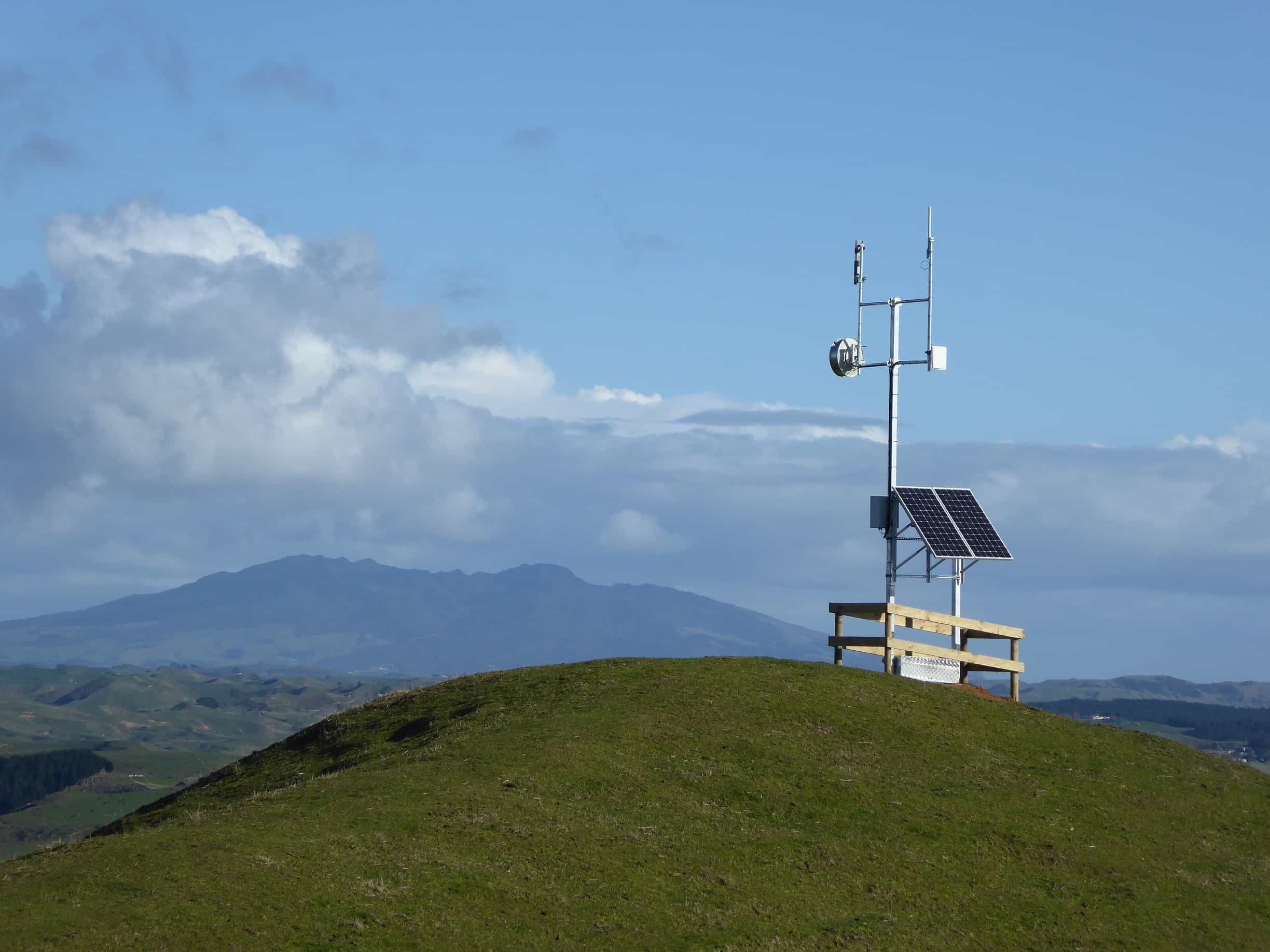The aim of this post is to compare the basic features and benefits of 4G and fixed wireless in the context of the NZ rural market.
Also, to clarify further, within this post I am talking about 4G services as they are currently productised in the NZ market, not what they are technically capable of doing. I am also only detailing the specs of the fixed wireless services currently offered by Lightwire, because I don’t want to make guesses about other providers services.
Speed
NZ 4G speeds are amongst the fastest in the world, with actual averages around 36Mbps download and 10Mbps upload. The theoretical best attainable speeds are 100Mbps/20Mbps, but that is basically unheard of.
Lightwire has two unlicensed speed variants, the basic residential rural service has an average download speed of 53.5Mbps, and we have a business service capable of up to 200Mbps/200Mbps.
Fixed wireless speeds are dependent on a few key components;
- Distance from nearest tower
- Line of site to that tower
- Local interference on the spectrum used
- Backhaul capacity from the tower used
Because of these factors, speeds experienced on fixed wireless varies between locations, and in much the same way, so does 4G.
4G towers need sufficient backhaul, and speeds suffer when users are too far from the nearest tower.
Lightwire also has a fixed wireless service that uses licensed spectrum which can provide speeds well in advance of 100Mbps, but the cost for this service increases dramatically due to the radios required.
Speeds on both 4G and Fixed wireless services are best effort, and because of the factors required for each to work to peak performance, clients will report different results. 4G is capable of better speeds than unlicensed fixed wireless in ideal conditions.
Static IP
All Lightwire services come with a static IP as standard on request. 4G services currently on offer from the major players do not.
Having a static IP is critical for some home office customers, and not at all relevant for others. It is however especially relevant in the rural business sector, and this is one of the key reasons why Lightwire continues to dominate 4G in the agribusiness space.
Data caps
4G data caps tend to peak at 240GB where as Lightwire’s standard data plans go up to 750GB and data usage is unlimited on our business plan.
This is a commercial construct, not a technical limitation of 4G services. 2Degrees have already launched an unlimited 4G service, so we can see the way the market is moving.
More and more, services will be differentiated by price and speed as data will be unlimited across the board.
Contracts
Fixed wireless involves higher setup costs than 4G, and as such Lightwire applies minimum terms and install fees for contract terms of less than 12 months.
4G rural providers would like you to sign for 12 months, but often waive any install fees on an open term as long as the required modem/router is returned after service cancellation.
Service and support
There is no doubt that Lightwire provides better support and pre-sales service than any of the 4G providers we are up against. Escalation paths are transparent and our wait times are tiny, 54 seconds over the last 7 days to be exact.
Price
Lightwire plans can be seen at https://www.lightwire.co.nz/pricing/ and start at 150GB for $95 p/month and go up to $185 p/month for Unlimited Data.
Spark has a 120GB plan for $95.99 p/month or 240GB for $155.99 p/month.
Lightwire’s pricing and data caps provide better value for money.
Summary
4G provide a great option for rural residents, especially when they are not likely to be the same location for an extended period. 4G speeds can exceed fixed wireless in ideal conditions, but data caps are comparatively restrictive.
Lightwire has LTE spectrum and is looking to deploy new service variants with faster speeds in the near future, which will enable us to compete effectively with 4G speeds where that service variant is currently the fastest option available.
With copper unsuited to the rural market due to severe speed fade as distance from the exchange increases, and fibre not financially viable given the distances and small populations involved, the rural market is going to continue to be largely split between 4G and fixed wireless.
And, to drop this in at the end, RBI2 is going to determine which carriers are best placed to compete in an increasingly hard fought market.
Brendan Ritchie

